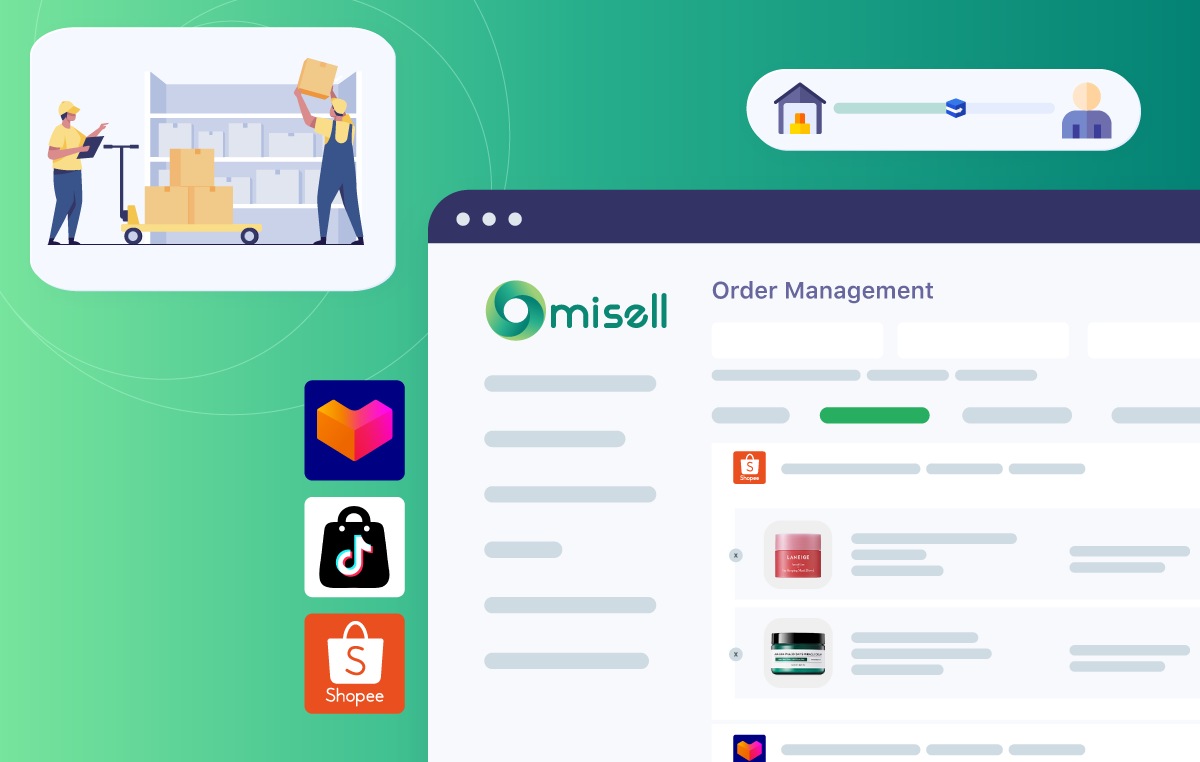Join 200+ brands that chose Omisell
From startups to Fortune 200 companies, businesses across Southeast Asia trust us with their most critical Omni-channel operations.












Southeast Asia's #1 Omni-channel Management Platform – Now Fully Integrated with Boxme Fulfillment.
Manage products, orders & stock across all your sales channels in one dashboard.
Seamless integration with Boxme Fulfillment to handle warehousing, picking, packing, delivery & returns.
All orders, inventory, and reports update realtime—no manual work needed.
From startups to Fortune 200 companies, businesses across Southeast Asia trust us with their most critical Omni-channel operations.












Automate your fulfillment process with our direct integration with Boxme. Handle warehousing, picking, packing, and delivery all within Omisell.

We partner with leading platforms to provide you with seamless integration and comprehensive solutions.


Hundreds of businesses rely on Omisell to scale their operations.
Founder, Primer Retail
"Omisell has completely transformed how we manage our online stores. The Boxme integration alone has saved us countless hours."
CEO, BeautyBox
"The inventory management features are a game-changer. We've reduced out-of-stock situations by 80%."
CEO, Thegioi Skinfood
"The customer support team is exceptional. Any time we've had questions, they've been quick to respond."

Gain deep insights into your business performance with our comprehensive financial reporting tools.

Join 500+ brands that trust Omisell to grow their business.